
23 Feb 2003

Mika Nakashima The First Tour 2003 Live & Document
Concert film and documentary from Mika Nakashima's First Tour 2003 performed on February 23, 2003 at Zepp Tokyo.
Documentary about the then-blooming Milan rock music scene.

23 Feb 2003

Concert film and documentary from Mika Nakashima's First Tour 2003 performed on February 23, 2003 at Zepp Tokyo.

08 Nov 2023

Garland Jeffreys, the mixed-race Brooklyn native whose music defied industry norms, receives long-overdue recognition in this enlightening documentary. His unique fusion of folk, soul, and rock earned him accolades abroad, yet left him underrated at home. Jeffreys’ story, narrated from his NYC home and featuring interviews with fans like Harvey Keitel, Laurie Anderson, and Vernon Reid sheds light on the life and artistry of an unclassifiable talent.

31 Dec 2021

Presents a day in the life in Amsterdam, a city in transformation, captured shortly after the turn of the millennium, and shortly before the digital revolution would speed up the pace of life considerably. Shot in a fly-on-the-wall style.

29 May 2014

In February, Just Jam's event at The Barbican was cancelled at the last minute. It was an event that seemed to be yet another victim of the London authorities now notorious risk assessment procedure, Form 696.
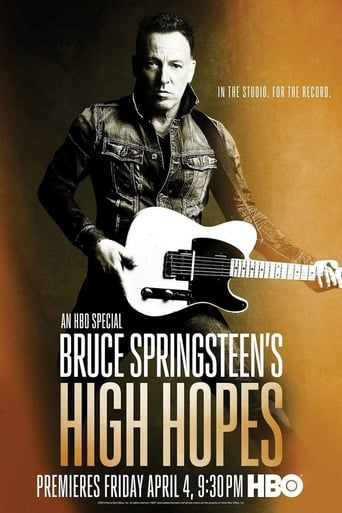
05 Apr 2014

Follow Bruce Springsteen during the making of his 18th studio album, 'High Hopes,' in this special. Rare behind-the-scenes footage and rehearsal segments are interspersed with exclusive E Street Band tour footage and revealing interviews with Springsteen and album collaborator Tom Morello, guitarist for Rage Against the Machine and Audioslave.
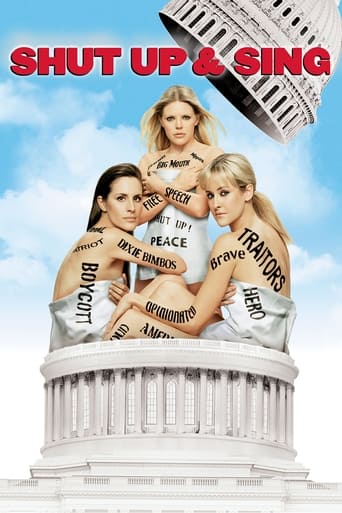
27 Oct 2006

Shut Up and Sing is a documentary about the country band from Texas called the Dixie Chicks and how one tiny comment against President Bush dropped their number one hit off the charts and caused fans to hate them, destroy their CD’s, and protest at their concerts. A film about freedom of speech gone out of control and the three girls lives that were forever changed by a small anti-Bush comment
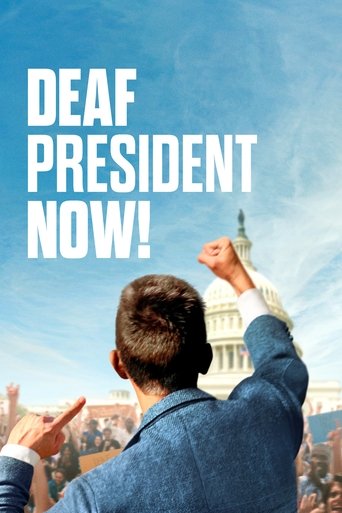
28 Jan 2025

Discover the story of the greatest civil rights movement most people have never heard about. During eight tumultuous days in 1988 at the world's only Deaf university, four students must find a way to lead a revolution—and change the course of history.

21 Nov 2001

Live concert documentary that was filmed during her "Sokenbicha Natural Breeze 2001 Happy Live" tour. In addition to the live show, it contains extensive backstage and behind-the-scenes footage. It also includes live perfomrance fragments from the 6 venues throughout Japan of her first tour.
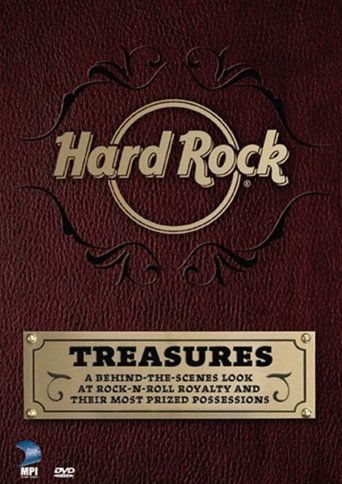
08 Aug 2005

A documentary film about Don Bernstine from Hard Rock Cafe visiting musicians to try to get memorabilia from them.
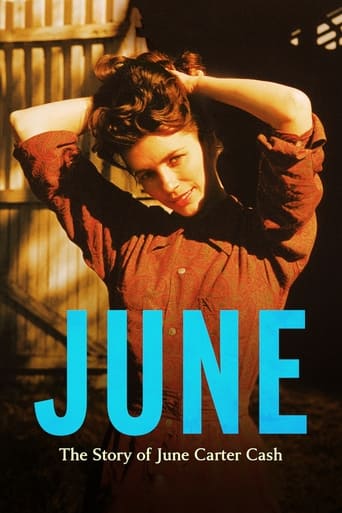
12 Nov 2023

Until Reese Witherspoon’s Oscar-winning portrayal of her in the Johnny Cash biopic Walk the Line, most contemporary audiences were unfamiliar with June Carter Cash. Kristen Vaurio’s comprehensive documentary June offers a much fuller understanding of the multitalented artist, singer, songwriter, comedian, and actress. Delightful, never-before-seen archival material reveals June’s firecracker wit and charisma as a performer
28 Jun 2004
No overview found
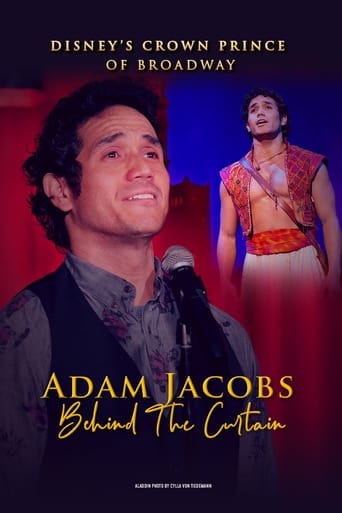
30 Apr 2021

Adam Jacobs was the original "Aladdin" in Disney's smash Broadway musical, with a list of other hits like Les Miserables and Something Rotten, but this docu-concert – filmed as a special one-night-only performance – explores his emotional personal journey, from growing up as a Filipino American in California to landing the role of a lifetime.
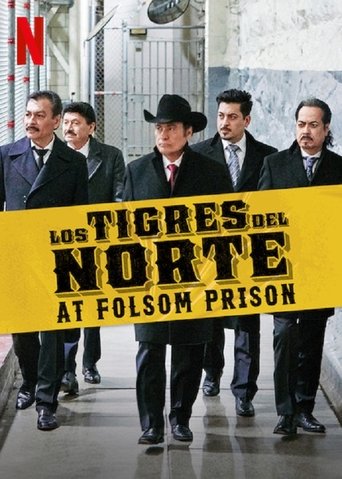
05 Sep 2019

The beloved norteño band Los Tigres del Norte performs for the inmates of Folsom Prison on the 50th anniversary of Johnny Cash's iconic concert.
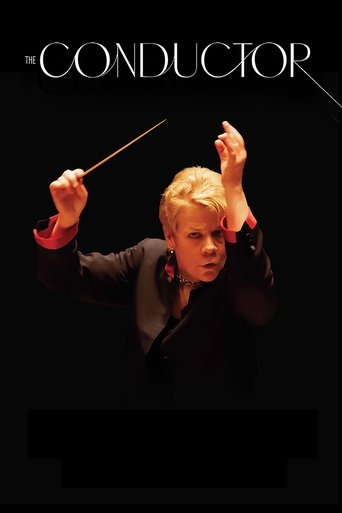
28 Jan 2022

Leonard Bernstein’s protégée Marin Alsop reveals how she smashed the glass ceiling to become an internationally renowned conductor.
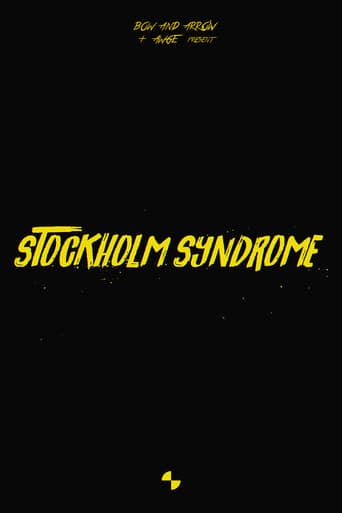
13 Jun 2021

Stockholm Syndrome chronicles the meteoric rise of contemporary trendsetter A$AP Rocky, capturing the exuberance of youth and urgency of hip-hop in equal parts, before taking a detour into darkness. With amazing access, the film reveals Rocky’s experience with the inequities of the Swedish judicial system and the dangers of stardom and scapegoating through a series of twists and turns, ultimately paralleling the need for prison reform in our own backyard. Directed by The Architects, the film blends archival footage with contemporary interviews, animation, and electrifying live concert footage to tell the astonishing story of how one of rap’s biggest superstars became embroiled in an international incident, leading to an unexpected political awakening.

08 Aug 2020

Set against the backdrop of a socially and politically volatile sixties, Nobody Famous traces the quick rise and steady fall of 60s folk/pop trio,The Pozo Seco Singers.

17 Mar 2023

At the age of eighty-two, Carrete wants to fulfil a dream before the end of his career as a dancer: to perform in a great theatre in New York. Despite his tireless enthusiasm, his health tells him that his days as a flamenco master are coming to an end. His art saved him from starvation and the cinemas sheltered him from the cold during the Spanish post-war period. And it was on the big screen that he met his admired Fred Astaire, who settled in his imagination as a fantasy to aspire to. And as he awaits his long-awaited American adventure, Carrete looks back on his past. Joaquín, one of his sons, who was a talented guitarist and whose hopes were dashed by prison, wants to play again. Father and son try to find each other again, while the mirage of the giant skyscrapers fades away, revealing the reality.
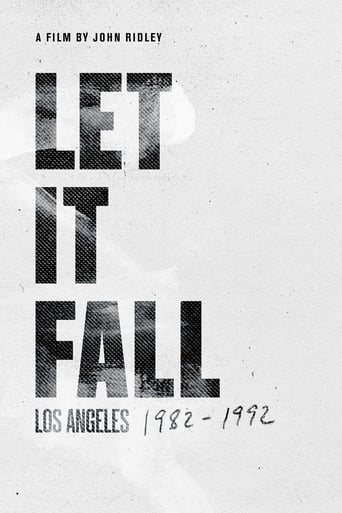
21 Apr 2017

An in-depth look at the culture of Los Angeles in the ten years leading up to the 1992 uprising that erupted after the verdict of police officers cleared of beating Rodney King.
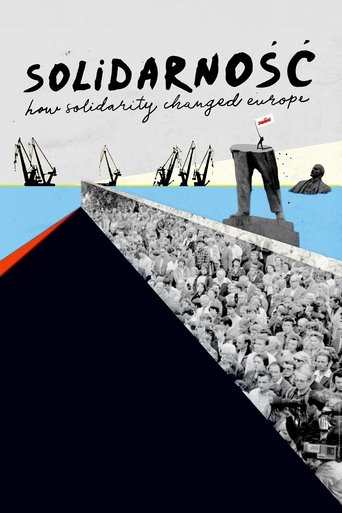
01 Oct 2019

Gdańsk, Poland, September 1980. Lech Wałęsa and other Lenin shipyard workers found Solidarność (Solidarity), the first independent trade union behind the Iron Curtain. The long and hard battle to bring down communist dictatorship has begun.

04 Nov 2022

After years in the limelight, Selena Gomez achieves unimaginable stardom. But just as she reaches a new peak, an unexpected turn pulls her into darkness. This uniquely raw and intimate documentary spans her six-year journey into a new light.